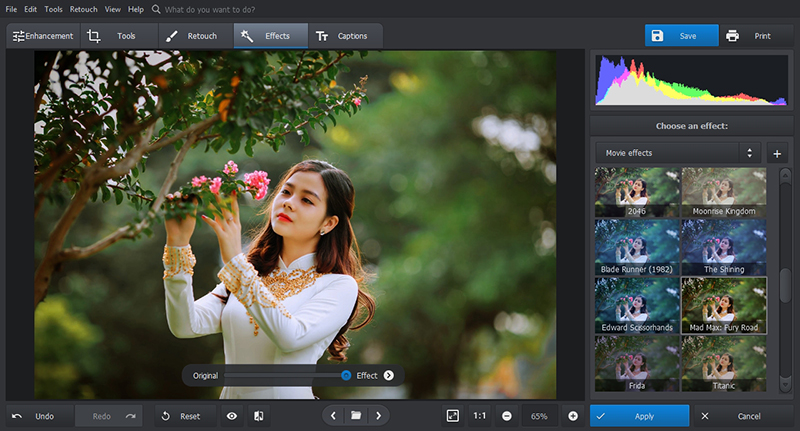
What Makes a Good Website Design?
In today’s digital world, a website serves as a company’s online storefront, an artist’s portfolio, a retailer’s marketplace, and everything in between. With countless users interacting with websites daily, good design becomes critical not only to attract but also to retain visitors. But what makes a good website design? Let’s explore the key elements that elevate a website from mediocre to exceptional.
1. User-Centered Design
The hallmark of good website design is a focus on the user. Websites should be created with a deep understanding of their target audience’s needs, preferences, and behaviors. Key aspects of a user-centered design include:
- Intuitive Navigation: Visitors should be able to find what they’re looking for quickly and effortlessly. The navigation bar should be clear, organized, and prominently placed.
- Accessibility: Websites must be accessible to all users, including those with disabilities. Features like screen-reader compatibility, high-contrast options, and keyboard-friendly navigation ensure inclusivity.
- Responsive Design: In a mobile-first era, a good website should look and perform seamlessly across all devices, including desktops, tablets, and smartphones.
2. Attractive Visual Design
Aesthetics matter. Visually appealing websites create positive first impressions and reflect the brand’s image. Good visual design is:
- Clean and Simple: A clutter-free design with ample white space can enhance readability and keep visitors focused on key content.
- Consistent: Consistency in fonts, colors, headings, and overall style across all pages creates a cohesive user experience and strengthens brand identity.
- High-Quality Media: Crisp images, engaging videos, and custom graphics can make a website visually attractive. Ensure that these elements are optimized to maintain fast loading speeds.
3. Fast Loading Speeds
Users have little patience for slow-loading pages; a delay of even a few seconds can drive visitors away. To ensure quick load times, good website design involves:
- Optimized Images: Compressing images and using the correct file format can improve loading speeds without compromising on quality.
- Minimizing Code: Clean, efficient code reduces page size and speeds up loading.
- Caching and Content Delivery Networks (CDNs): Using caching mechanisms and distributing content through CDNs helps deliver content faster to users across various locations.
4. Engaging Content
Content is the heart of a website. It should be engaging, informative, and aligned with the website’s goals. Key considerations for content include:
- Clear Messaging: A website should convey its value proposition clearly and concisely.
- SEO Optimization: Content should be optimized for search engines, using relevant keywords, meta descriptions, and alt text to improve visibility.
- Well-Organized Layout: Breaking up content into scannable chunks, using headings, bullet points, and images enhances readability.
5. Effective Call-to-Action (CTA)
A great website design prompts users to take meaningful actions. Whether the goal is to make a purchase, sign up for a newsletter, or contact the business, CTAs should be:
- Visibly Placed: Placing CTAs in easily noticeable locations, such as at the top of the page or within the content, increases conversions.
- Compelling: Effective CTAs use action-oriented language, like “Buy Now,” “Sign Up Free,” or “Learn More.”
6. Trust-Building Elements
Websites that build trust establish credibility and foster long-term relationships with their users. Features that inspire confidence include:
- Testimonials and Reviews: Positive feedback from previous customers can increase trustworthiness.
- Contact Information: Clearly visible contact details, including an address, phone number, or contact form, add legitimacy to the site.
- Security Features: For websites that collect sensitive data, security measures like SSL certificates and data encryption reassure users about data safety.
7. Interactive Elements and Animations
Adding a touch of interactivity or animation can make a website more engaging and memorable. However, these elements should be used thoughtfully to enhance user experience without slowing down the site or appearing distracting.
8. Regular Updates and Maintenance
A website isn’t a static entity—it requires regular updates to stay relevant and functional. Updating content, fixing broken links, and addressing security vulnerabilities are essential for a good website design.
Conclusion
Good website design balances functionality, visual appeal, and user experience. By prioritizing a user-centered approach, ensuring fast loading speeds, creating engaging content, and building trust, websites can capture the attention of their target audience and keep them coming back. In an ever-evolving digital landscape, the best websites remain flexible, adapting to changes while staying true to the needs of their users.



